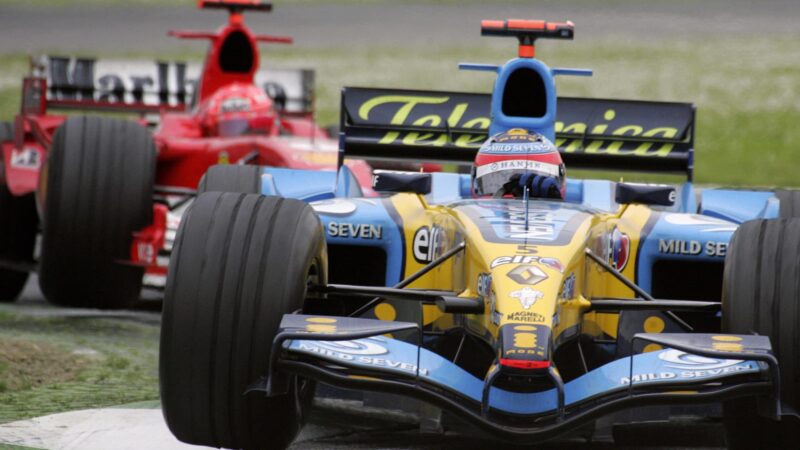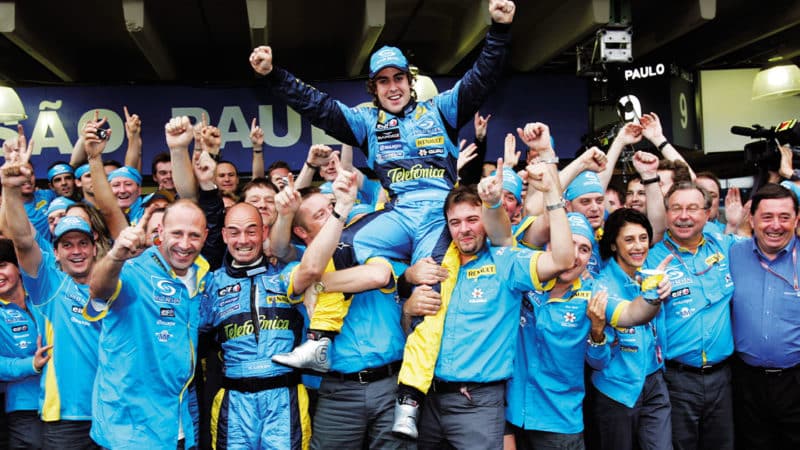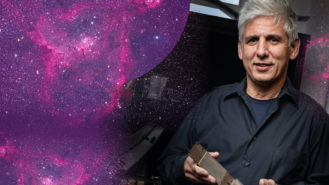In transferring from space to speed, Tuluie has largely worked in motor sport organisations as a lateral thinker, given time to mull on some of the more ‘out there’ issues for teams while they gets on with the the day to day running.
Tuluie’s Enstone breakthrough initially came when asked to fix a problem with the wind-tunnel model.
“Dino Toso, our head of aerodynamics, called me about a wind-tunnel instability,” he remembers in our November issue.
“The car bounced laterally and yawed a bit as it was getting up to speed. I looked at this and said, ‘Oh, it’s just like a building in the wind. We just need a tuned mass damper.’
“I knew that because of Neil Peterson, a really phenomenal engineer at [American research corporation] MTS. When you walked into his office there was this model of a building with a tuned mass damper: Neil and his team had invented it for the John Hancock Tower in Boston.”

Alonso was able to keep ahead of Schumacher in part thank to suspension breakthrough
Damien Meyer/AFP via Getty Images
“We created a little simulation model, utterly basic, just to reproduce it, and optimised the positioning. A few teams from R&D were involved, Frantz Jourda was a model analysis expert we brought over from the mothership at Renault, plus Phil Charles and Dave Hamer who ran the seven-post rig. It made its way into the wind-tunnel car and was just fantastic. It solved the problem.”
It wasn’t long before the solution found its way onto the real thing also:
“Bob Bell then walks into my office, sits down and says, ‘Do you think you can make it work in the car?’ It was a question not of legality, but would it work in the car and will it help? So we turned it sideways, so not for yaw but pitch, put it in the nose on the seven-poster car. It was three-tenths of a second quicker.”



